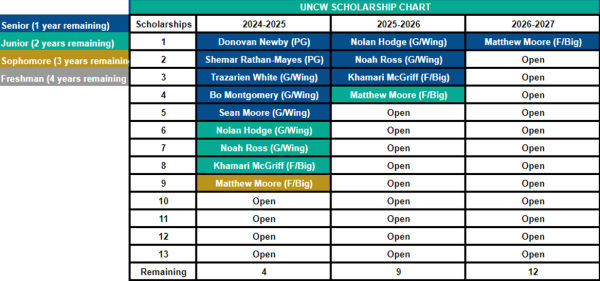Changing the Game of Baseball One Minute at a Time
September 3, 2015
For generations, the game of baseball has been synonymous with the phrase “America’s national pastime.” In today’s America however, baseball has taken a back seat to the ever-increasing popularity of football and basketball—two sports that, like baseball, have always held a significant place in the hearts of a large number of people.
The fact of the matter is that baseball’s nationwide ratings have declined dramatically in the last several years. When it comes to watching, this generation of teenagers has largely passed over baseball in favor of sports that provide a higher level of excitement. The game has become too slow and that’s a problem for even the game’s most devout purists.
In 2012, SportsBusiness Journal published research investigating the yearly ratings of Fox MLB Saturday. The data shown was staggering. From 2005-2008, ratings fell drastically and although they eventually steadied, they finally fell again in 2012. There are a few things that could save the game of baseball and speeding the game up is one of them.
Back in February, Major League Baseball’s Commissioner, Rob Manfred, announced a series of changes designed to shorten the length of games at both the minor league level, including Class AA and AAA, and the major league level. Detroit Tigers manager Brad Ausmus weighed in on the situation to USA Today and expressed joy that he’ll no longer have to fabricate conversation with umpires when the games come to a halt.
“It’s probably a step in the right direction,” said Ausmus.
Among the changes to the game will be the enforcement of the batter’s box rule. This rule states that all batters must keep at least one foot in the batter’s box at all times. No longer will batters be allowed to step out of the box between pitches and adjust every piece of equipment being worn.
Along with the enforcement of the batter’s box rule, a MLB official will keep track using a clock counting back from 2:25 for time between innings. In this time, teams will be required to switch offense and defense and pitchers will throw their eight allotted warmup pitches up until thirty seconds remain on the clock. If the pitcher fails to throw all of his pitches, the remainder are forfeited.
Players from around the league are obligatory in abiding by them due to the fact that the new system is enforced through a series of warnings and fines. In fact, the Class AA Trenton Thunder, a minor league affiliate of the New York Yankees, was hit by these rules full-force when their manager was ejected on the first day of the new rules’ implementation.
The break-between-innings rule mentioned earlier came into effect in this situation. A Thunder’s batter did not reach the batter’s box with at least five seconds remaining on the break clock resulting in the home plate umpire issuing a strike before a pitch was even thrown. The ensuing argument between manager Al Pedrique and umpire Eric Gillam led to Pedrique’s ejection.
Despite a rocky start to the new era of speedball, the desired effect of shaving minutes off of games has become a reality. According to The New York Times, 2015’s largest drop in average game time came from Class AAA’s International League. In games starting from the beginning of the season up until Aug.17, the average time dropped from 2:56 to 2:41, a fifteen minute decline. Class AAA’s Pacific Coast League generated the second largest adjustment with a thirteen minute drop in time, and Class AA’s Eastern League behind it with twelve minutes.
“I’m really intent on the idea that we’re going to have an average game time that’s going to start with a ‘two’ next year as opposed to a ‘three,’ ” said Manfred to The New York Times.
With what appears to be a new era in one of the nation’s oldest games, maybe baseball can once again recapture the imaginations of the millions of people who once held it so dear.






















